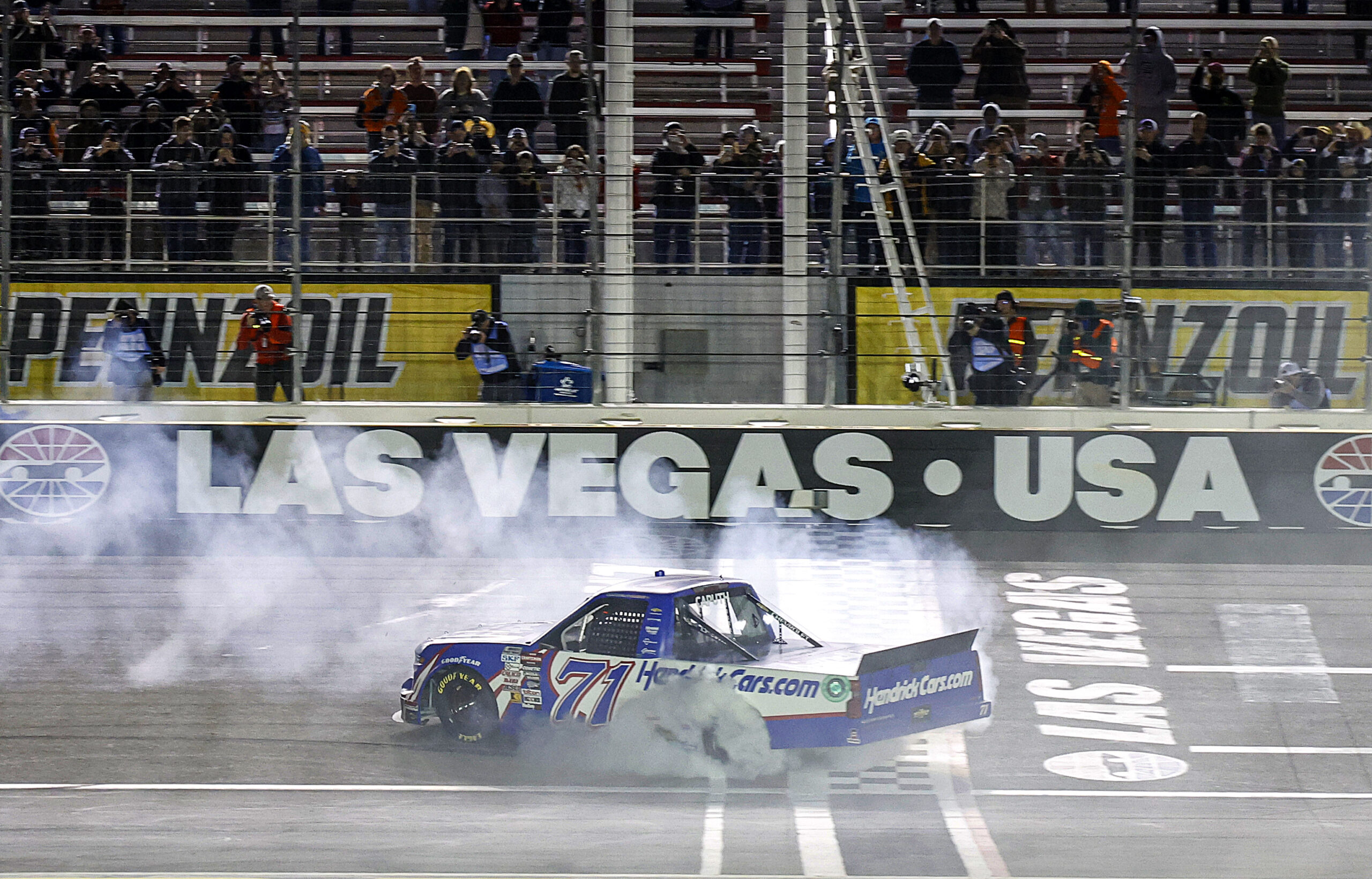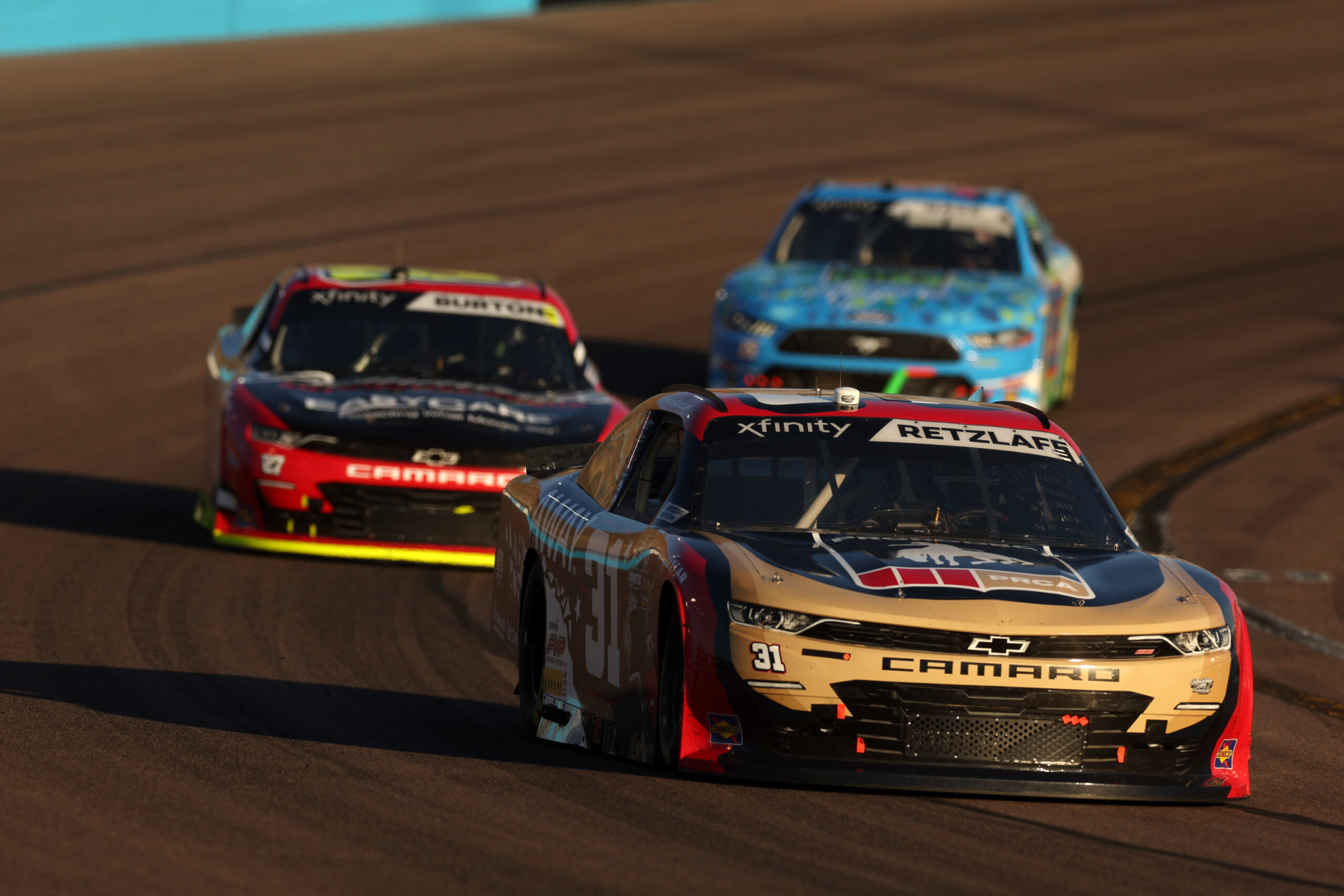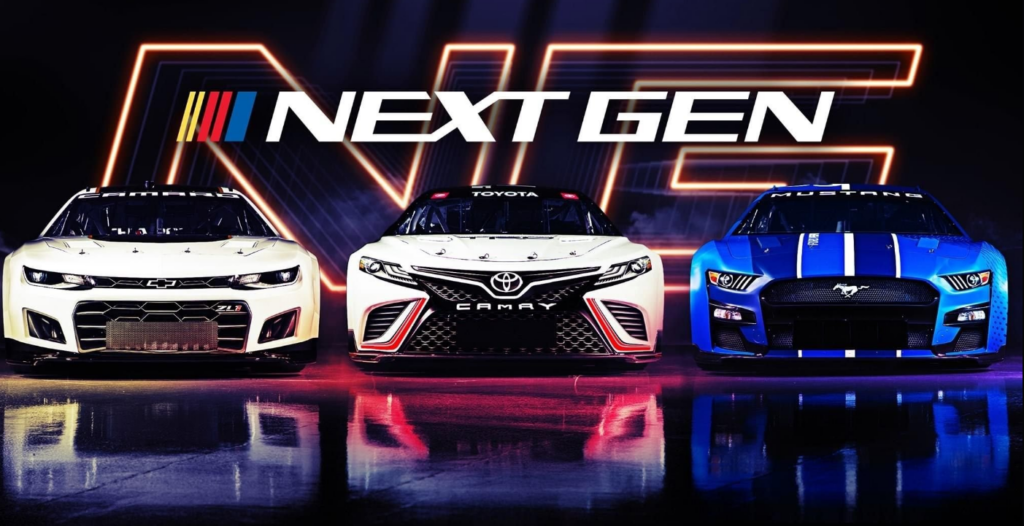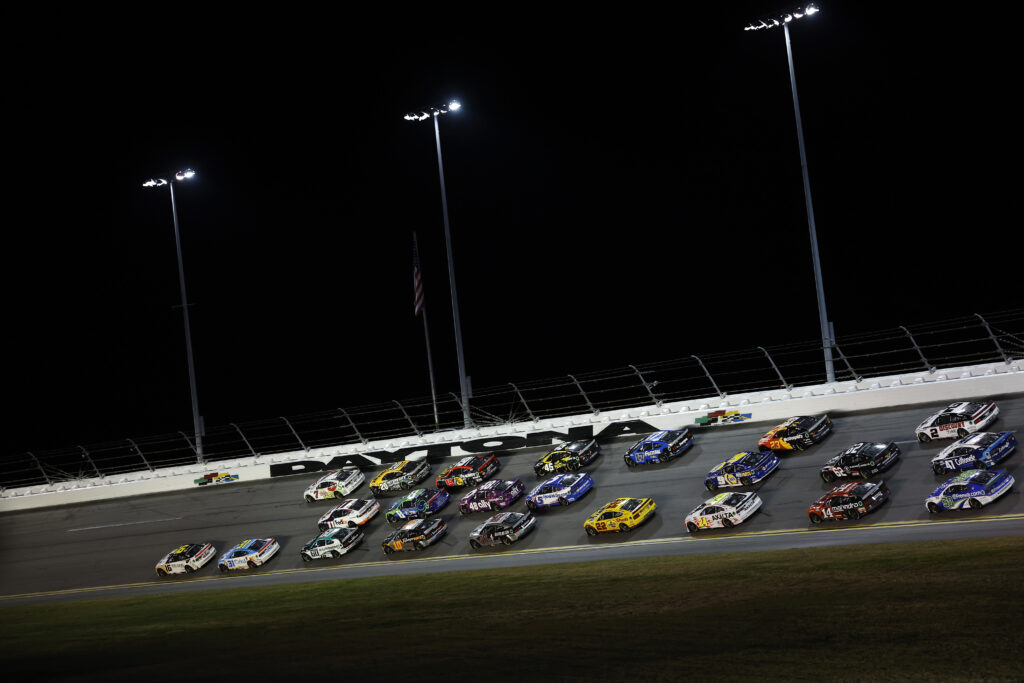As fans know, NASCAR is more than just the Cup Series. Just recently Rajah Caruth won his first national series race when he took home the checkered flag in the truck race at Las Vegas. NASCAR’s national series consists of the Cup, Xfinity, and Truck series, or as race fans commonly call “the top three series’ in NASCAR.”

Typically, most pro sports have a ladder system, where one starts at the high school level, then moves to the collegiate and/or club level, before finally making it to the pro level of their respective sport. On paper, that system sounds the same when referring to NASCAR’s top three series, with trucks being at the high school level, Xfinity at the collegiate level, and finally the Cup series. But taking a deep dive into each series, that could be farther from the truth.

All three series may be under the same umbrella, but they all have their own unique qualities and characteristics. Some drivers claim that Cup and Xfinity cars require completely different styles of racing, while the truck, or high school level, is more in line with the Cup Series than the Xfinity Series. From marketing to the culture and more, here are the reasons for how different NASCAR’s top three series are from one another.
Let’s begin by discussing the racing between the Cup Series and Xfinity Series. This may sounds strange but the difference in driving style between the two top series is completely different from one another. Joey Logano brought this up during the broadcast for the Xfinity race at Las Vegas, where he said that the Xfinity car requires a completely different style of racing than the Cup car.

What could bring about such a big difference between the two cars? Downforce. The Next Gen car has so much downforce compared to the Xfinity Car, which in turn makes it more aerodynamic dependent. The rear diffuser is just one of these components. This, along with the 670 horsepower from the Cup car, allows the cars to race with less off-throttle time, similar to the style of racing required in the Truck Series.
The Xfinity cars are near opposites. While the horsepower is nearly identical at 650, the cars don’t produce nearly as much downforce compared to the Cup cars. This requires more work from the tires and more off-throttle time to turn as fast a lap in Xfinity compared to the Cup car.

The Cup Series consists of the 40 best stock car drivers in the world. Drivers like Joey, Denny Hamlin, and Kyle Busch, are regarded as some of the greatest drivers in NASCAR history. They understand how to manage a full race distance and use their veteran experience and refined talents to collect trophies and win championships. They are more methodical with their approach and outside of a late race restart, know how to run a race to its max capacity to get up to the front at the end.

The Xfinity and Truck series meanwhile consist of mostly young drivers who are trying to make their names in the sport and advance to the Cup Series. This means that the drivers are more willing to take risks and race aggressively, as they want to showcase their talents and abilities to potential Cup owners. The Truck Series has been heavily criticized the past couple of seasons because of this aggressive style of racing from its competitors, which culminated in a finale widely regarded as one of the worst in the sport’s history in 2023.
The 2023 Craftsman 150 summarized. pic.twitter.com/U6ei1NevA8
— Brett (@22fan4ever) November 4, 2023
Not all lower series drivers are up-and-comers, however. Veteran drivers have made the Xfinity and Truck series their home. After his Cup career ended, Elliott Sadler raced in the Xfinity Series for multiple years, trying to gain the competitive edge he was missing while racing in Cup. Even older more established drivers use the lower series to prove they can still win on the national stage.
Race lengths play a factor as well. Cup races go for anywhere from 300 to 500 miles, which requires more patience and race management from the drivers. Tire management, saving equipment, and fuel conservation play more of a factor in the Cup Series compared to the Xfinity Series. Xfinity races go anywhere from 200 to 300 miles, meaning there is less time for drivers to work through the field and every position matters more, with less time to make up ground. This requires more urgency from the competitors and in turn, more aggressive racing to move through the field. Less experience coupled with shorter races equals more daring moves and more aggressive racing compared to Cup for Xfinity.
Finally, let’s get a confusing aspect out of the way. Despite using the example of a ladder system, that isn’t the accurate way to describe NASCAR’s top three series. While racing series such as IndyCar and Formula 1 have defined feeder series that lead to their top levels, NASCAR does not have that. The Xfinity and Truck Series are more in line as their own respective series’ rather than a feeder series that leads to the Cup level.

Now NASCAR has made changes in the past decade to make the three national series’ more in line with a feeder-style system. Cup drivers with over three years of experience are not allowed to race more than five truck races and five Xfinity races per year. In addition, Cup drivers are not permitted to race in playoff races for the Xfinity and Truck Series.
This helps give each series its own unique identity and culture. The Truck Series is described as hardcore with a weekend warrior mentality to the series. The Xfinity Series is seeing the big picture. Both in the race and in the overall goal of making it to Cup, with the Cup Series being the premiere prize in stock car racing.

What other differences are there between the top three series? Are they more similar than different? Should NASCAR have a true ladder system that leads to Cup?
